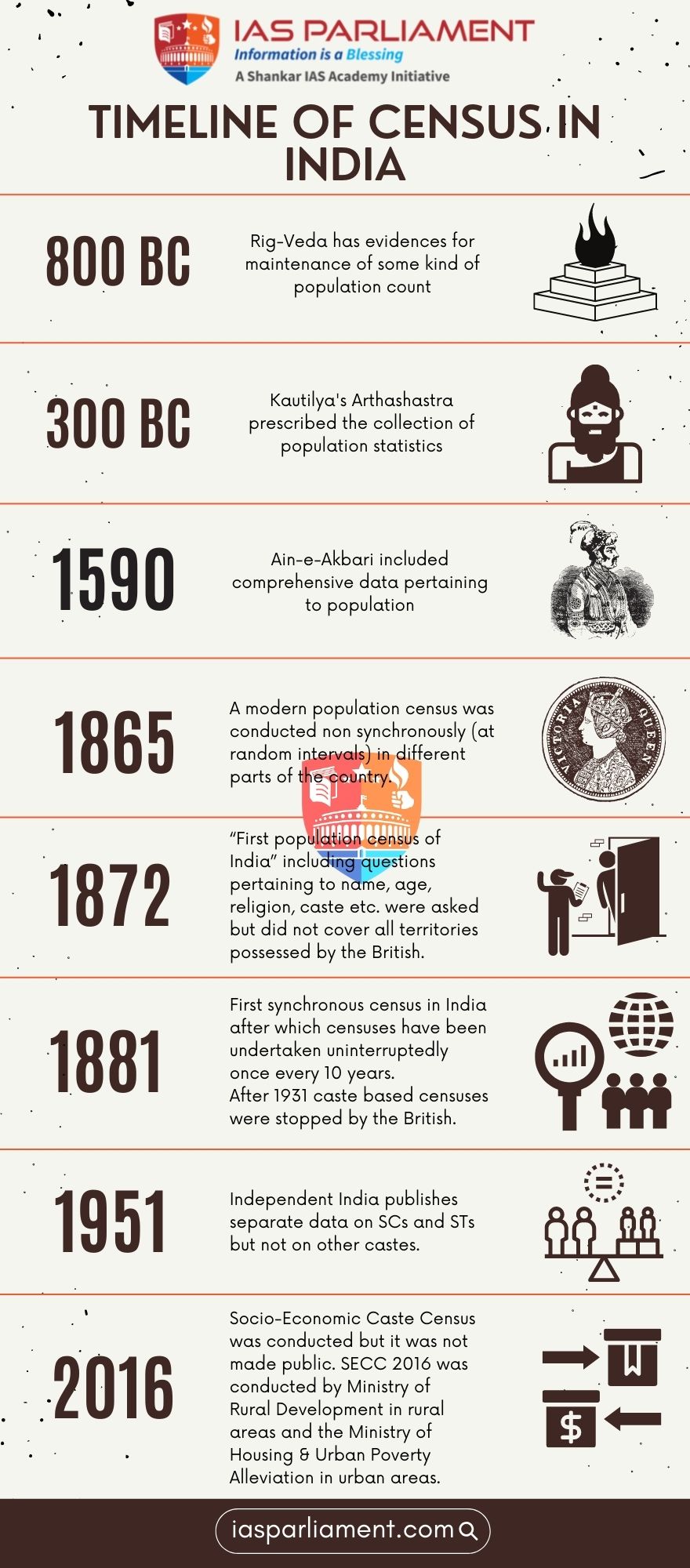900 319 0030
enquiry@shankarias.in
What is the issue?
There have been mounting demands on caste based census coming from different quarters of the country.
What is caste census?

What is the need for such a demand?
What is the government’s stand?
What are the gaps in the existing caste data?
How can the differences be accommodated?
Source: The Hindu